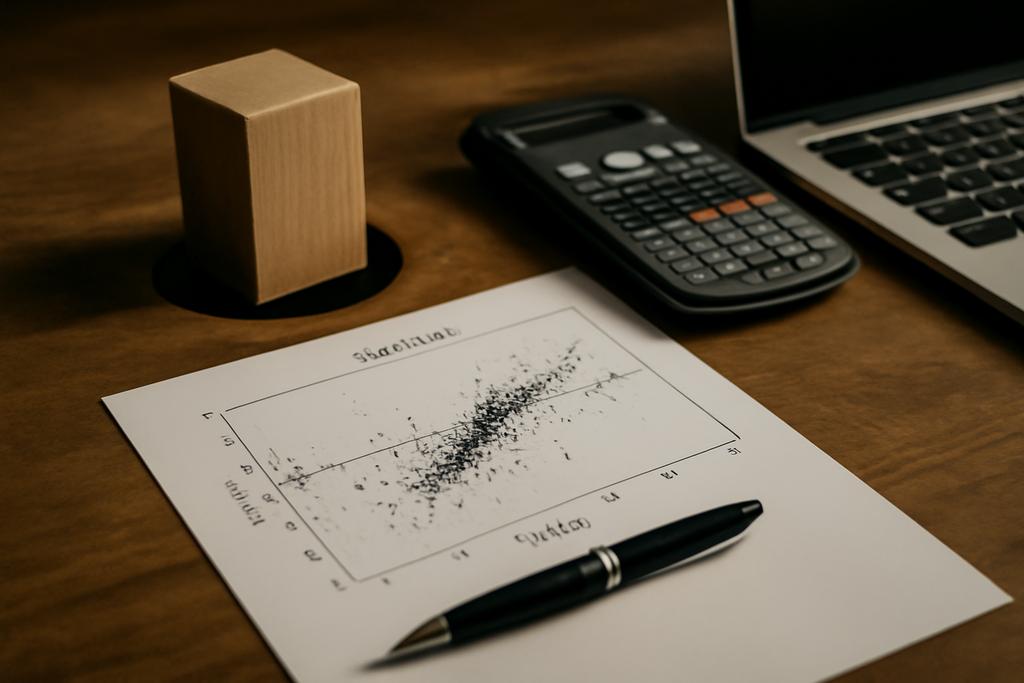Unveiling Hidden Structures in Data: A Revolutionary Statistical Test
Imagine a world where we could more accurately assess how well a chosen statistical model fits a set of observations. This seemingly small advancement could unleash a cascade of positive consequences across numerous fields, leading to more robust predictions and a deeper understanding of complex phenomena.
Researchers at the Universit´e du Qu´ebec `a Montr´eal and Universit´e du Qu´ebec `a Trois-Rivi`eres, Alain Desgagn´e and Fr´ed´eric Ouimet, have developed a new statistical test that does just that. Their innovation lies in its ability to identify even subtle deviations from a given model, thus greatly improving our capabilities to assess data and build reliable models.
The Power of Trigonometric Moments
The core of the new test lies in its use of “trigonometric moments.” These aren’t mystical, hidden properties of data, but rather a clever application of trigonometric functions (sine and cosine) to data that has been pre-processed via a standard statistical technique called the probability integral transform. Think of it like this: the probability integral transform neatly organizes your data into a standardized range, similar to how a chef might meticulously prepare ingredients before cooking. Then, the trigonometric moments act as a high-powered microscope, scanning this standardized data for patterns and irregularities that might indicate a mismatch between the model and the actual data.
The ingenuity of Desgagn´e and Ouimet’s work comes not just from the use of trigonometric moments, but in how they cleverly handle “nuisance parameters.” In many real-world scenarios, the statistical model you are trying to fit your data to may have some variables that are unknown or not explicitly considered within the model. These are the nuisance parameters, and failing to account for them can lead to incorrect conclusions.
The researchers, therefore, devised a method to adjust the test’s output to correctly account for the presence of these unknown parameters. By rigorously accounting for these uncertainties, they ensure that their test yields accurate results, regardless of the presence of these nuisance factors. It’s a bit like accounting for the various flavors of spices when attempting to recreate a recipe – a subtle step, but crucial to the final outcome.
A Superior Performer
The researchers tested their new procedure extensively using a variety of datasets, measuring its effectiveness across many established statistical tests. The results were striking. In one benchmark, where the goal was to verify if data followed a particular model (called the Laplace distribution), their new test significantly outperformed all 40 existing tests. They improved upon the accuracy of these tests by margins of up to 3.2%, a difference that can be considerable when dealing with large datasets. This is a substantial improvement, especially in fields where small errors can have significant consequences.
Applications and Implications
The implications of Desgagn´e and Ouimet’s work extend far beyond the theoretical realm of statistical testing. This tool can be applied directly in many fields. The researchers showed this with an example using meteorological forecast errors – specifically, surface temperature forecast errors from a numerical weather prediction model. Using their new method, they successfully assessed how different models could predict those errors, potentially paving the way for improved weather forecasts.
More broadly, their work could lead to improvements in areas like finance (risk modeling), biology (population modeling), or medicine (clinical trial analysis), where reliable statistical models are essential for effective decision-making.
Beyond the Numbers
The beauty of Desgagn´e and Ouimet’s contribution lies not only in its technical proficiency but also its potential to improve our understanding of data. By providing a more accurate way of assessing model fit, this new statistical test offers a path toward more informed analysis across diverse disciplines. The implications are deeply human, affecting how we extract meaning from data and improve our ability to predict, prepare for and make the world a better place.










